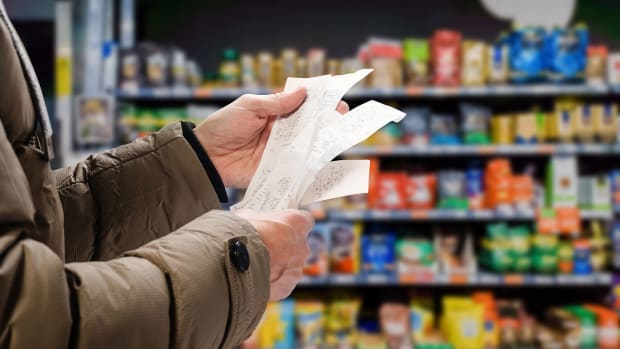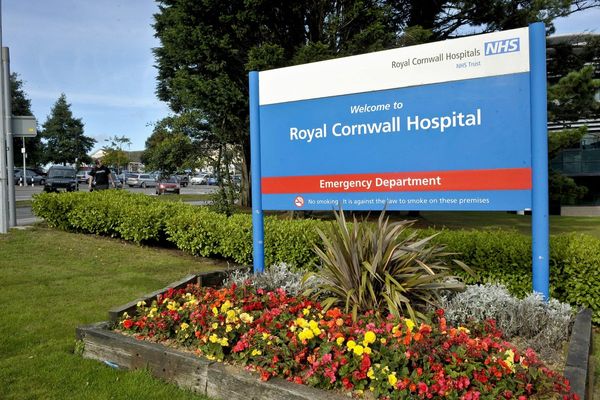While "just buy less" is the cure-all solution that many armchair pundits propose for inflation, the reality is that many put the things they need on credit and accumulate more and more debt as prices rise.
With prices rising 9.1% between May and June, inflation in the U.S. is the highest it's been since 1981. And while numerous studies show that Americans are cutting back on everything from gas and restaurants to existing debt payments, the reality is that this is not always possible.
Recent numbers from Federal Reserve Bank of New York found that, between the first and second quarters of 2022, Americans' collective credit card balance rose 5.5% to $46 billion.
Between 2021 and 2022, credit card debt it rose by 13%. There was also, at 277 million, a 14-year high in the number of people opening new credit accounts.
Spending More Against One's Will?
While there will always be someone to preach responsible money management and not buying what one can't afford to pay in cash, the reality is that much of the higher debt is linked to inflation.
Some of the biggest price hikes came from grocery items such as milk (15.9% year over year) and eggs (32.2%) as well as the gas for driving one's car (in some states, over 50%).
As many of these items are daily life-sustaining staples, both individuals and households are putting more and more of their everyday purchases on credit as prices rise.

shutterstock
You're (Likely) Even More Screwed If You're Younger
Mortgages, auto loans and household debt all saw significant year-over-year increases.
"Americans are borrowing more, but a big part of the increased borrowing is attributable to higher prices," the New York Fed said in a press release.
As often happens, those who have not had as much time in the workforce have less of a buffer zone when hit with price increases. A study by credit card score company VantageScore found that those under 25 saw their credit card balance increase by 30% from 2021.
Millennials, or those born between 1981 and 1996, saw their balance rise by an average 22% while every other generation only saw an 11% increase.
In further proof of debt's snowballing effect, those with a credit score below 660 saw their credit card balance increase by 25% or more than double of those who had a higher one.
Will Things Get Better? That Is The Question
Some analysts are starting to see signs that these kinds of double-digit price hikes may soon be behind us as the supply chain evens out.
"We think things are going to get back to normal — we all expected that — but will they get worse than normal?" Silvio Tavares, president and CEO of VantageScore, told Reuters. "That's the question."
But when it comes to credit card debt, it can also be a spiral that becomes increasingly more difficult to get out of.
While the numbers from New York Fed show that delinquencies are below pre-pandemic numbers, they rarely come immediately after increased spending that is often unavoidable when inflation is hitting key staples.
A study from insurance company Breeze found that 88% of U.S. households have already cut spending in some form due to inflation. The study said 73% cut back on restaurants and takeout, 62% lessened on social spending while a respective 57%, 54% and 44% cut back on groceries, vacation and gas.







